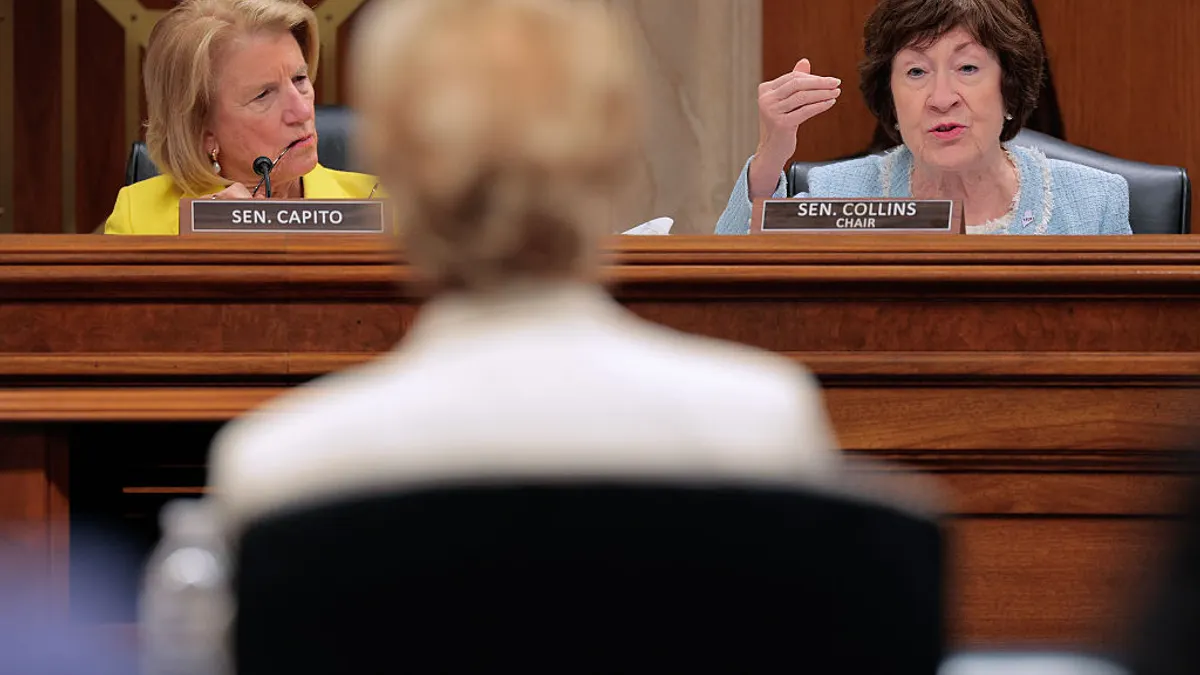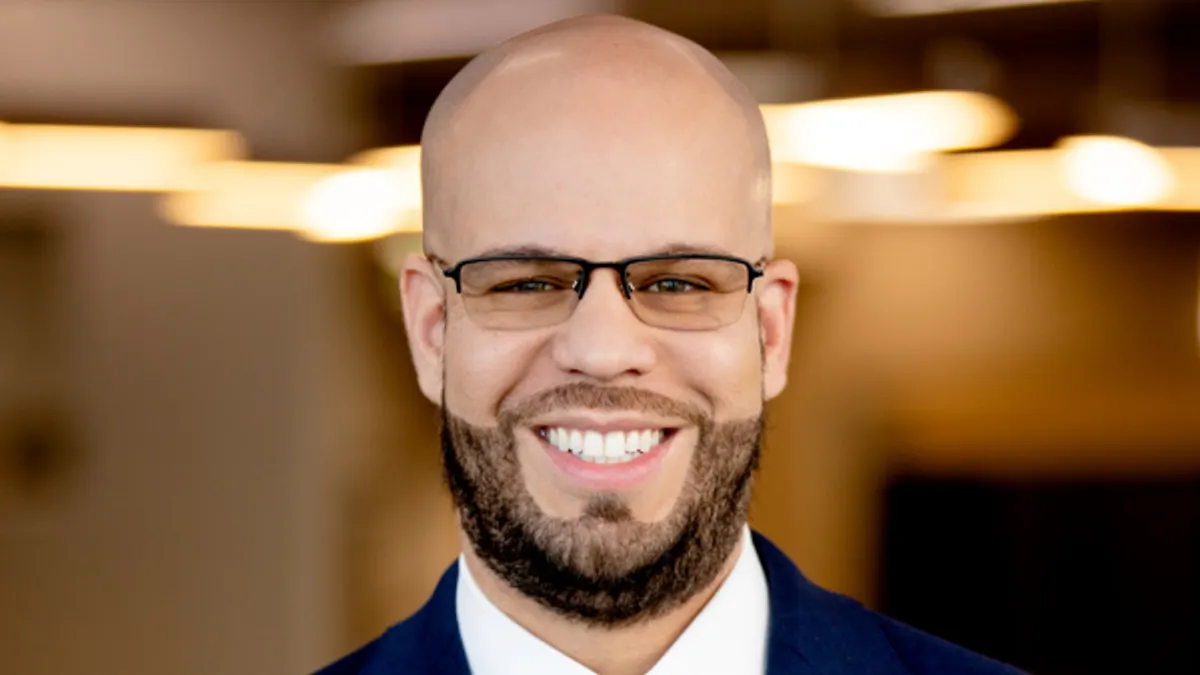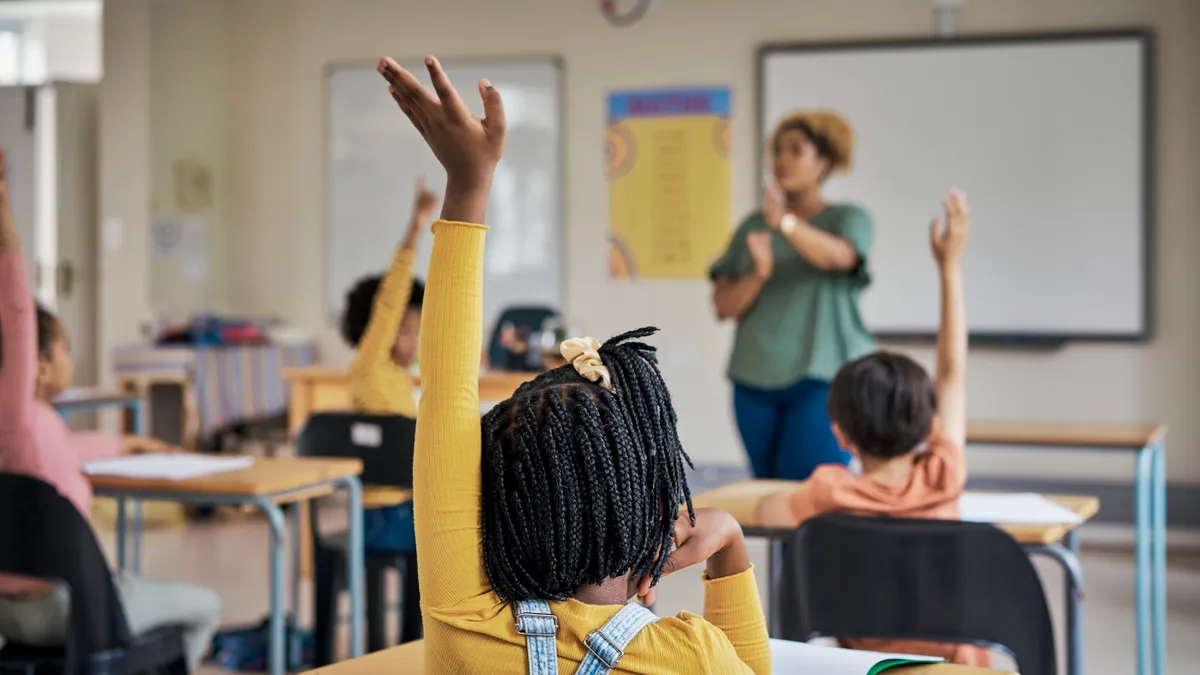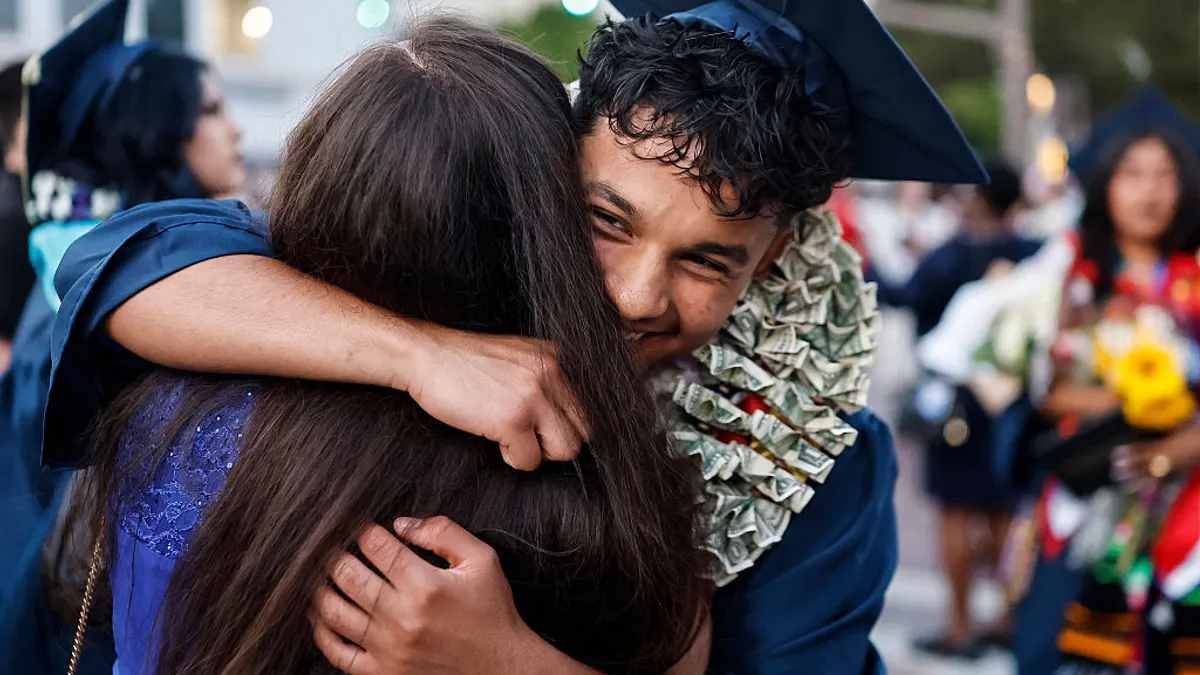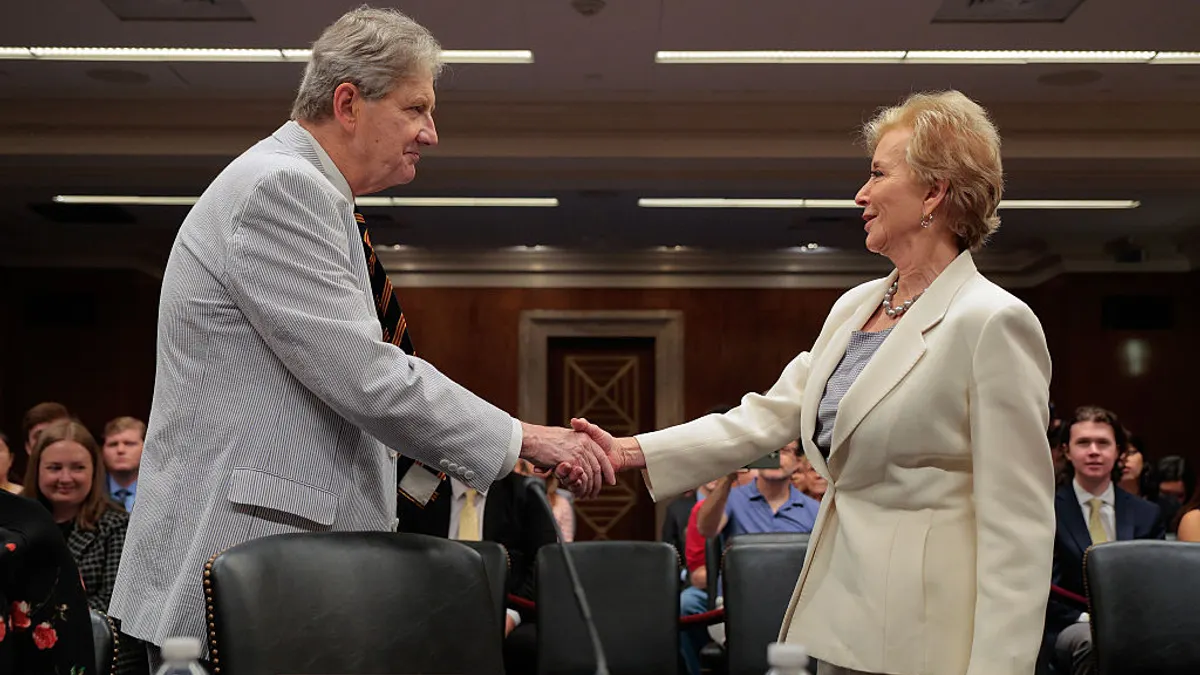The COVID-19 pandemic threw schools into crisis management mode but it also spurred bold efforts at innovation and creativity that can serve as models for sustained improvements, according to a report from the University of Virginia's Partnership for Leaders in Education.
Using insights from nearly 50 superintendents and other education leaders, the report said the field is prime for disruption despite a "strong organizational inertia" to keep the status quo in education practices.
"We have these spotlights of exemplar practices," said William Robinson, co-author of the report and executive director of UVA-PLE. He added people are using "ingenuity and courage, based on their lessons learned just over the last three years."
The changes forced by the pandemic led to practices that are having positive impacts on students, the report said. Learning from administrators who are leaders of change can help build momentum for conversations and collaborations in other districts, said Robinson and co-author Amy Dujon, director of the District Administration Leadership Institute.
"People are ready," Robinson said. "People want the status quo [to] change. People are also more optimistic they can do things differently based on what they've learned over the last couple of years."
The report features examples of innovative leadership approaches and the changes districts made to accelerate progress.
While the report emphasizes there are no easy answers or quick fixes for challenges in education, it does spotlight four areas ready for redesign:
Secondary school models
Leaders at the forefront of disrupting high school approaches are connecting more with community partners to better understand what students and businesses need for the future. Their viewpoint is that college and career readiness programs in secondary schools open opportunities for both pathways — rather than an either/or mindset of college versus career.
David Hoffert, superintendent of Warsaw Community Schools in Indiana, told researchers that meetings with area industry leaders helped the district create courses that matched community needs. The expanded student opportunities have led to a 95.6% graduation rate. In addition, 1,028 students earned college credit during the 2021-22 school year, and 72% of students are enrolled in Advanced Placement or dual credit classes.
The Laramie School District 1 in Wyoming, under the leadership of Superintendent Margaret Crespo, altered high school schedules so more students could enroll in college-level courses. As a result, the district anticipates more than tripling dual enrollment participation.
When considering innovations for secondary schools, the report recommends investing in pilot programs that support student autonomy and leadership, starting career exploration in middle school and developing partnerships with postsecondary schools and local industries.
Academic acceleration
Efforts to boost learning should include raising expectations for students' potential, the report said. Complementing that should be quality curriculum and assessments supported by instructional collaboration and coaching.
Some nontraditional approaches to accelerate achievement include extended school years, scaffolded instruction for individual students, and using data to address learning gaps.
California's Long Beach Unified School District, for example, abandoned the traditional practice of making a student who failed English I retake the entire course. Instead, those students receive teacher support and other resources to get back on track to graduate by taking English I and II simultaneously and earning credits for both.
In Georgia, Henry County Schools expanded courses in world languages and STEM, among other initiatives, after better aligning teaching practices with student learning, Superintendent Mary Elizabeth Davis told the report's researchers. To improve alignment, the district focused on teacher supports for instruction and the monitoring of student progress, according to the report.
The report advises districts to replicate and expand promising practices, broaden access to quality instruction through extended days and summer opportunities, and invest in high quality professional development.
Staffing investments
School staffing models haven't changed much over the past few decades, but that will need to change if school systems want to meet employees' needs and diversify their workforces, the report said.
Recruitment and retention strategies, such as grow-your-own programs and teacher incentive approaches, are being adapted by districts. For example, staff at Hartford Public Schools in Connecticut can get $1,500 for each referral who is hired and advances through a 90-day probationary period.
The Boulder Valley School District in Colorado, in an effort to recruit substitute teachers, pays higher rates on days with increased staff absences. According to the district's website, it also pays more to substitutes who are retired district teachers and long-term subs.
The Long Beach district increased its staff diversity by double digits through making several investments, including new funding streams to hire promising diverse talent.
The report promotes several approaches for staffing, such as personalized support for promising applicants and higher compensation, particularly for harder-to-staff positions.
Equitable resource reallocation
Rather than using student enrollment as the sole component for funding formulas, some districts are opting for more layered approaches targeting resources toward the most vulnerable students, the report said.
But addressing inequitable funding takes time and data analysis. It also requires buy-in from stakeholders, including district personnel.
In Texas' Ector County Independent School District, Superintendent Scott Muri, along with district staff, added a weighted-funding formula — based on poverty, special education and English learners —- solely out of general funds. Title I funds are now being used for innovations to align with the district's strategic plan.
Louisiana's Caddo Parish Public Schools, under Superintendent Lamar Goree, has made several academic and staffing financial investments. It also combined many previous nonstrategic, one-off investments dedicated for student wraparound supports — and along with other community entities — established a community resource center in a renovated school building. At the center, families can receive food assistance, child support services, mental health support and more.
The report advises districts to do deep research into their budgets to determine if current allocations are in sync with strategic goals, equity, and ambitions. It also suggests inviting governmental and philanthropic investments.









